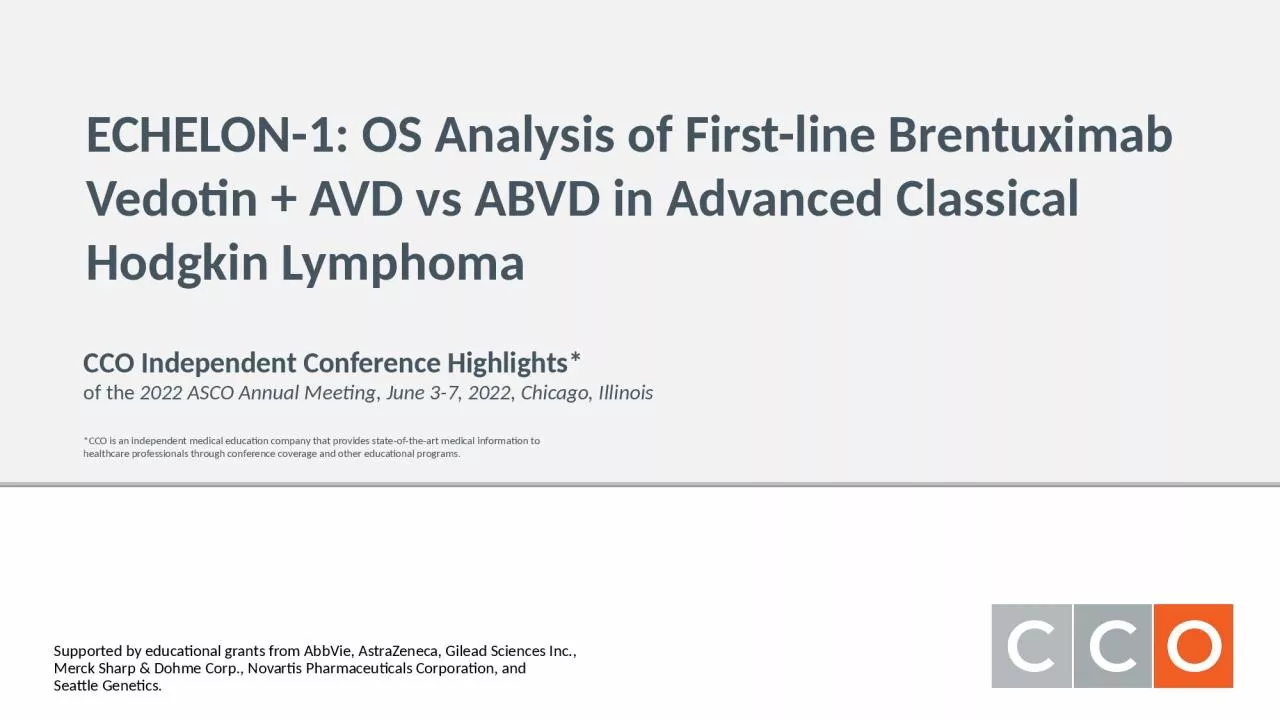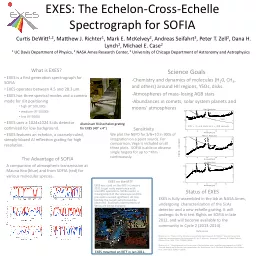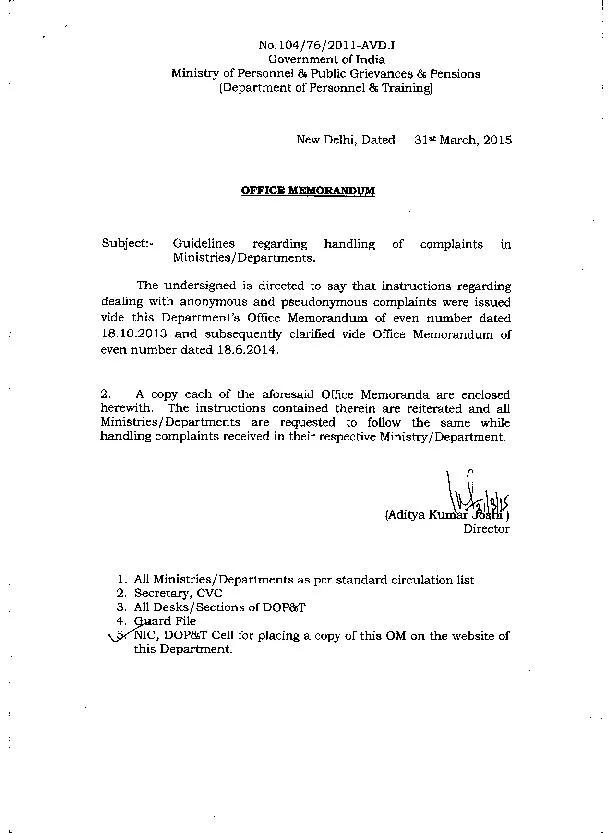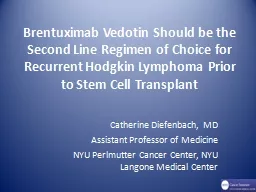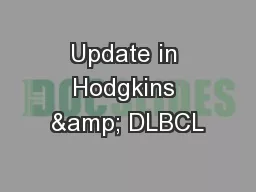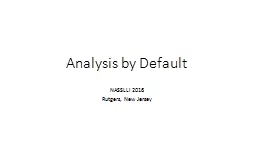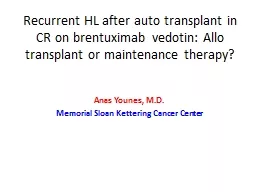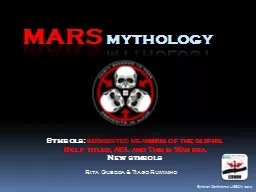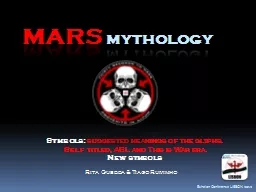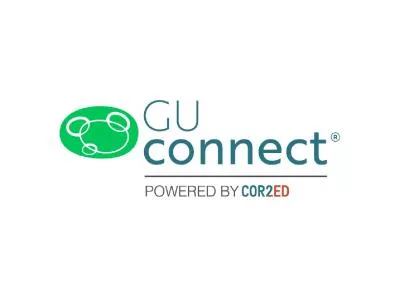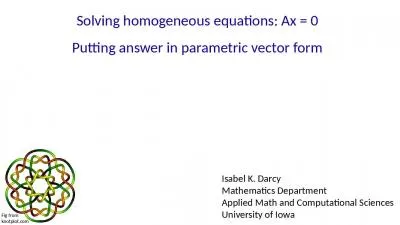PPT-ECHELON-1: OS Analysis of First-line Brentuximab Vedotin + AVD vs ABVD in Advanced Classical
Author : winnie | Published Date : 2024-02-09
Supported by educational grants from AbbVie AstraZeneca Gilead Sciences Inc Merck Sharp amp Dohme Corp Novartis Pharmaceuticals Corporation and Seattle Genetics
Presentation Embed Code
Download Presentation
Download Presentation The PPT/PDF document "ECHELON-1: OS Analysis of First-line Bre..." is the property of its rightful owner. Permission is granted to download and print the materials on this website for personal, non-commercial use only, and to display it on your personal computer provided you do not modify the materials and that you retain all copyright notices contained in the materials. By downloading content from our website, you accept the terms of this agreement.
ECHELON-1: OS Analysis of First-line Brentuximab Vedotin + AVD vs ABVD in Advanced Classical: Transcript
Download Rules Of Document
"ECHELON-1: OS Analysis of First-line Brentuximab Vedotin + AVD vs ABVD in Advanced Classical"The content belongs to its owner. You may download and print it for personal use, without modification, and keep all copyright notices. By downloading, you agree to these terms.
Related Documents

